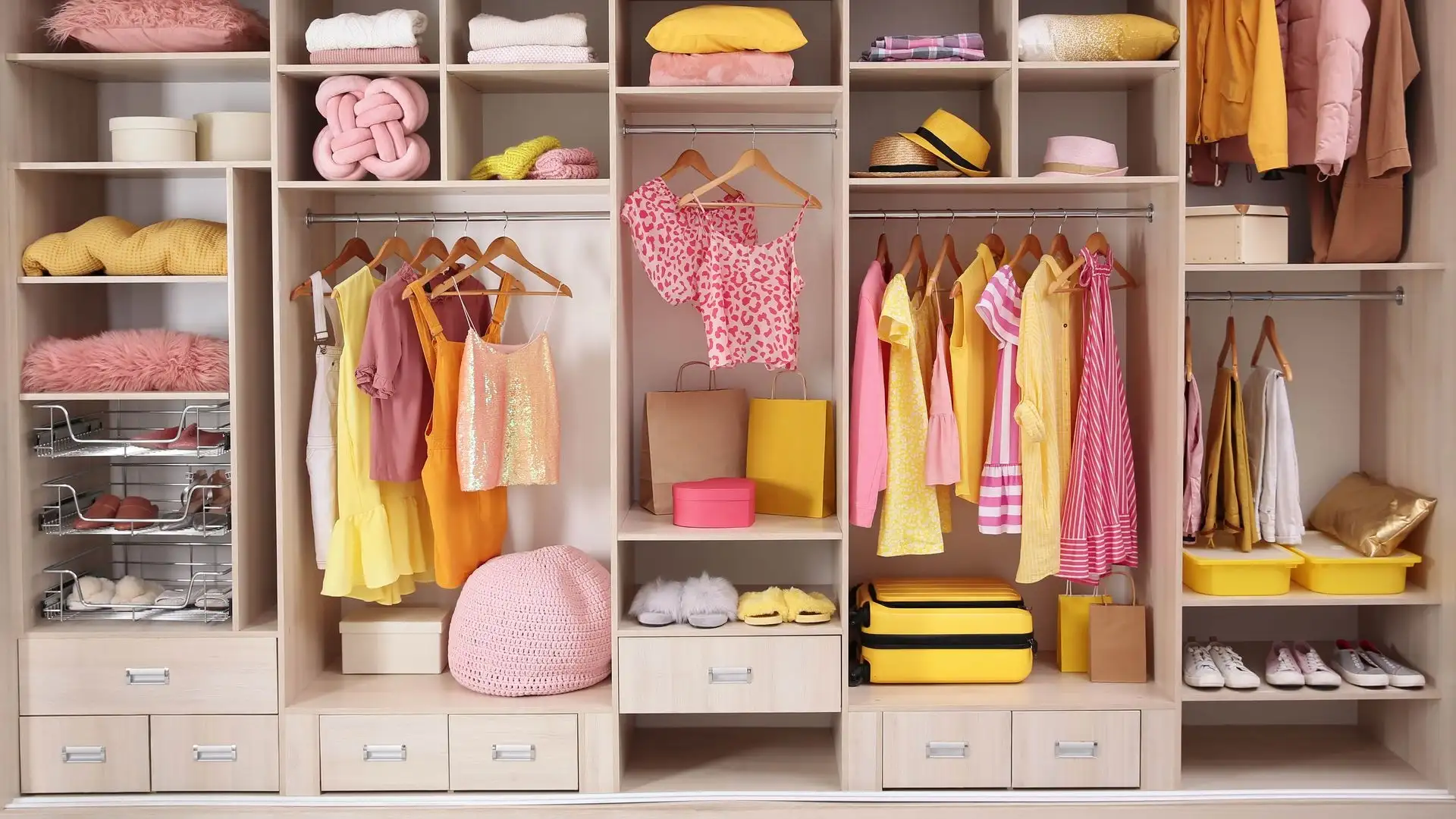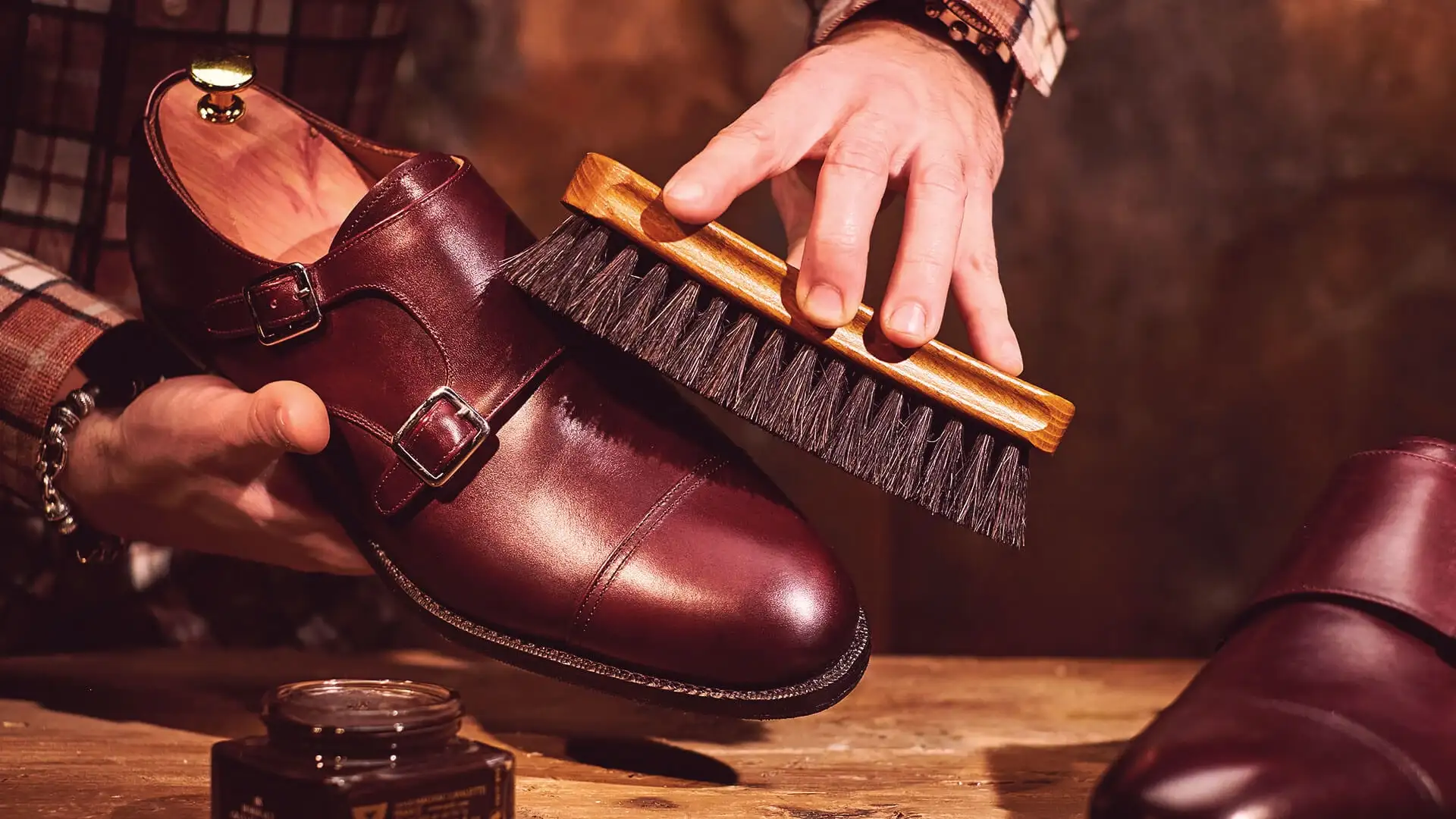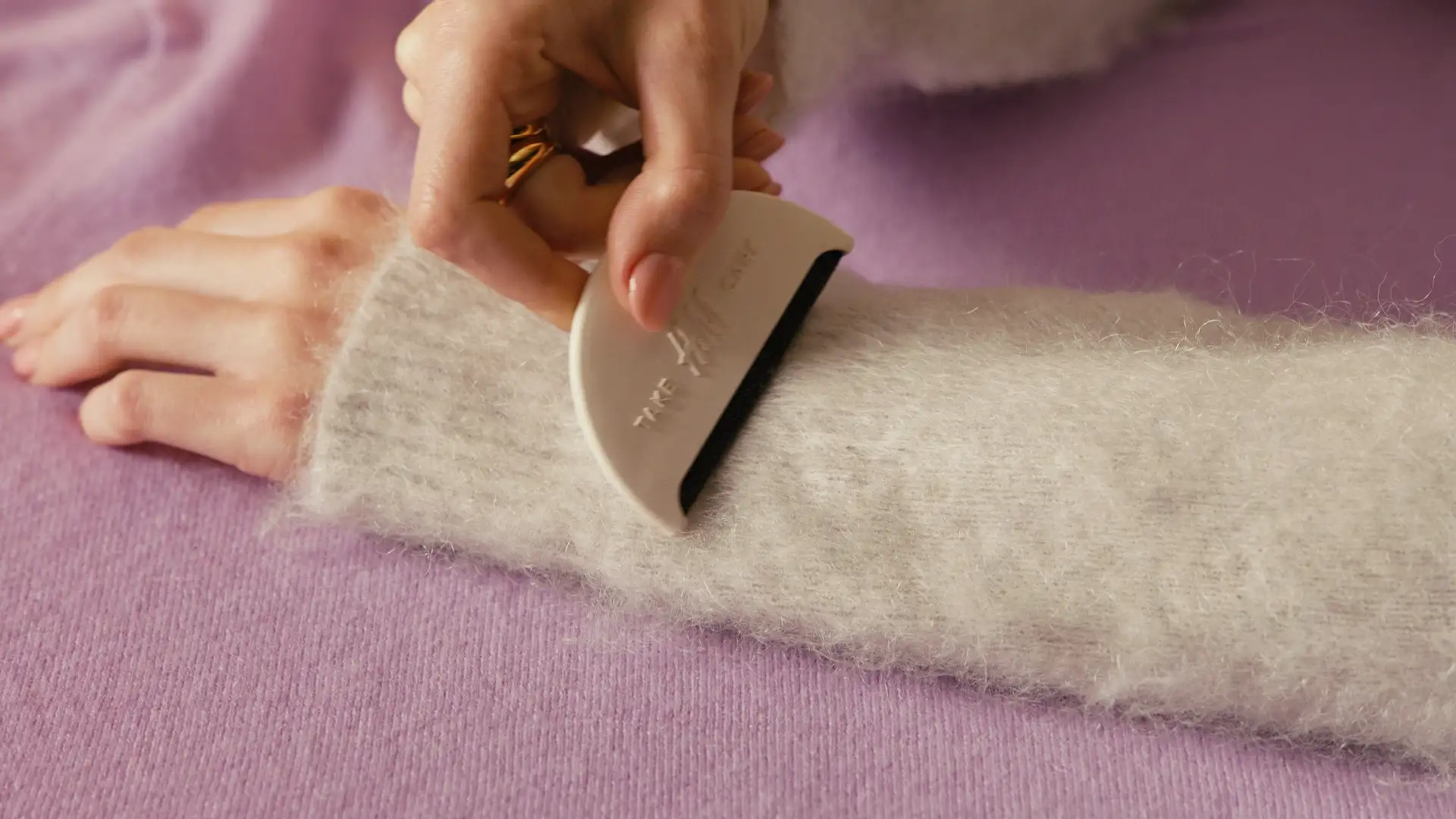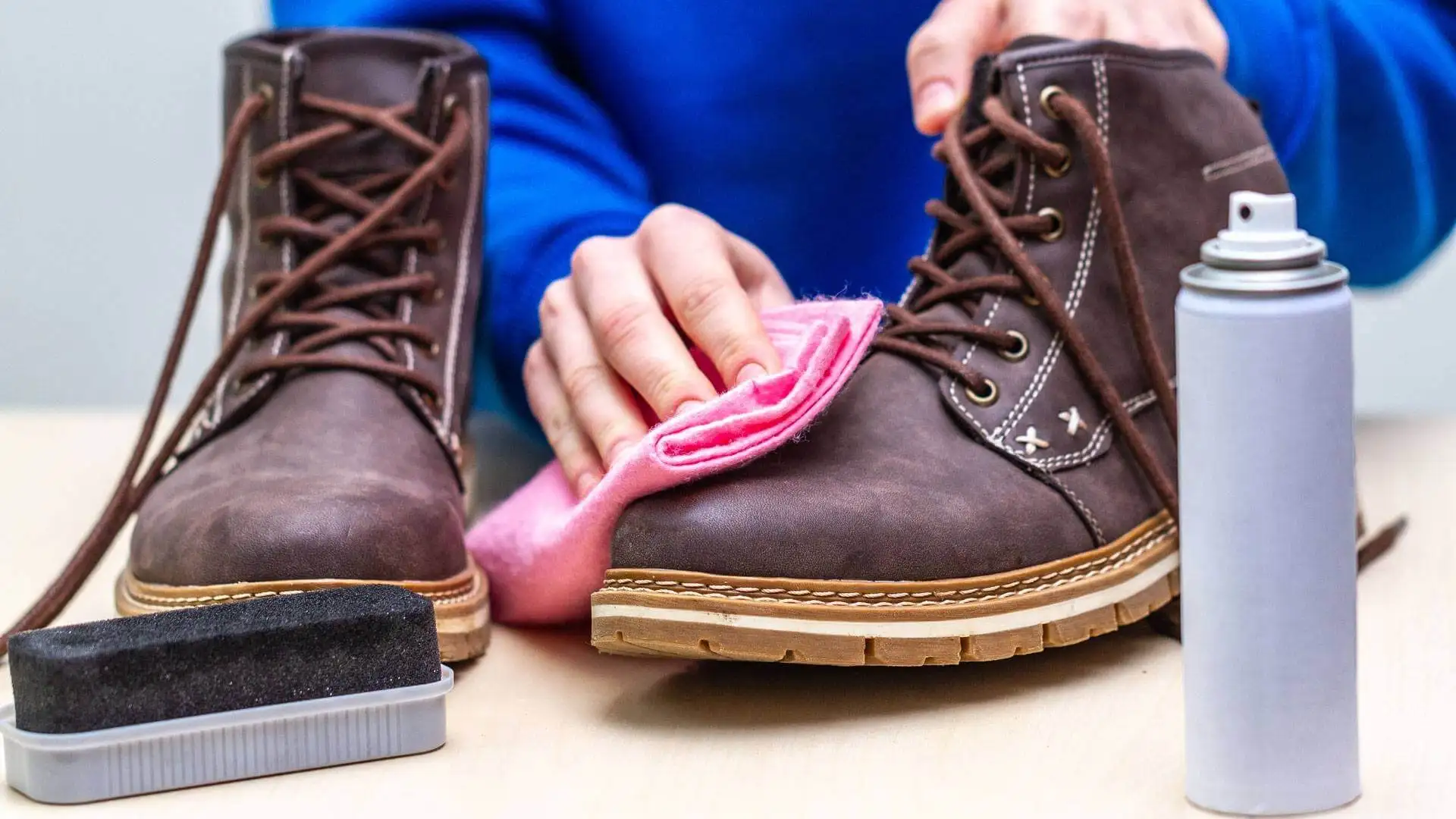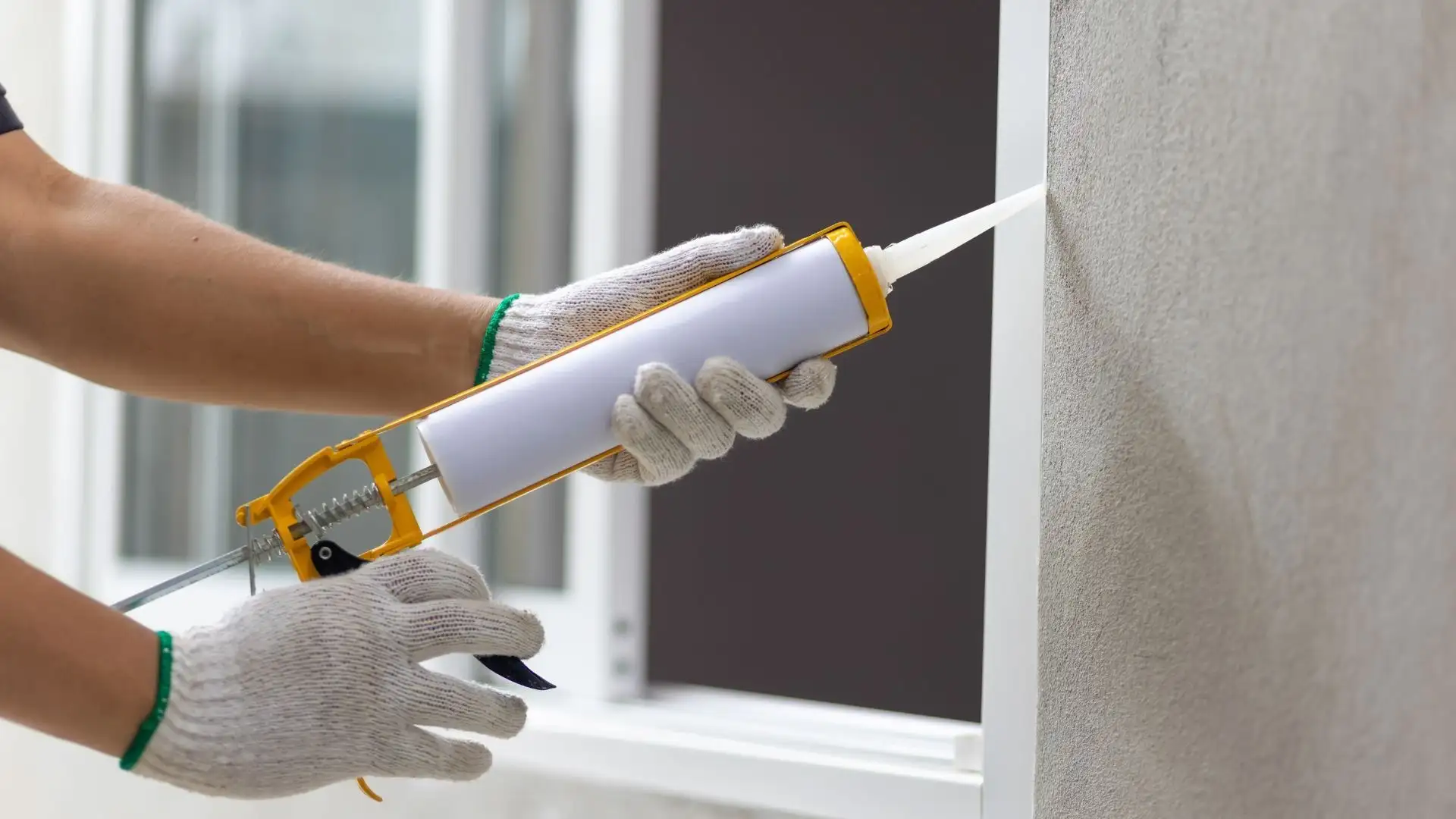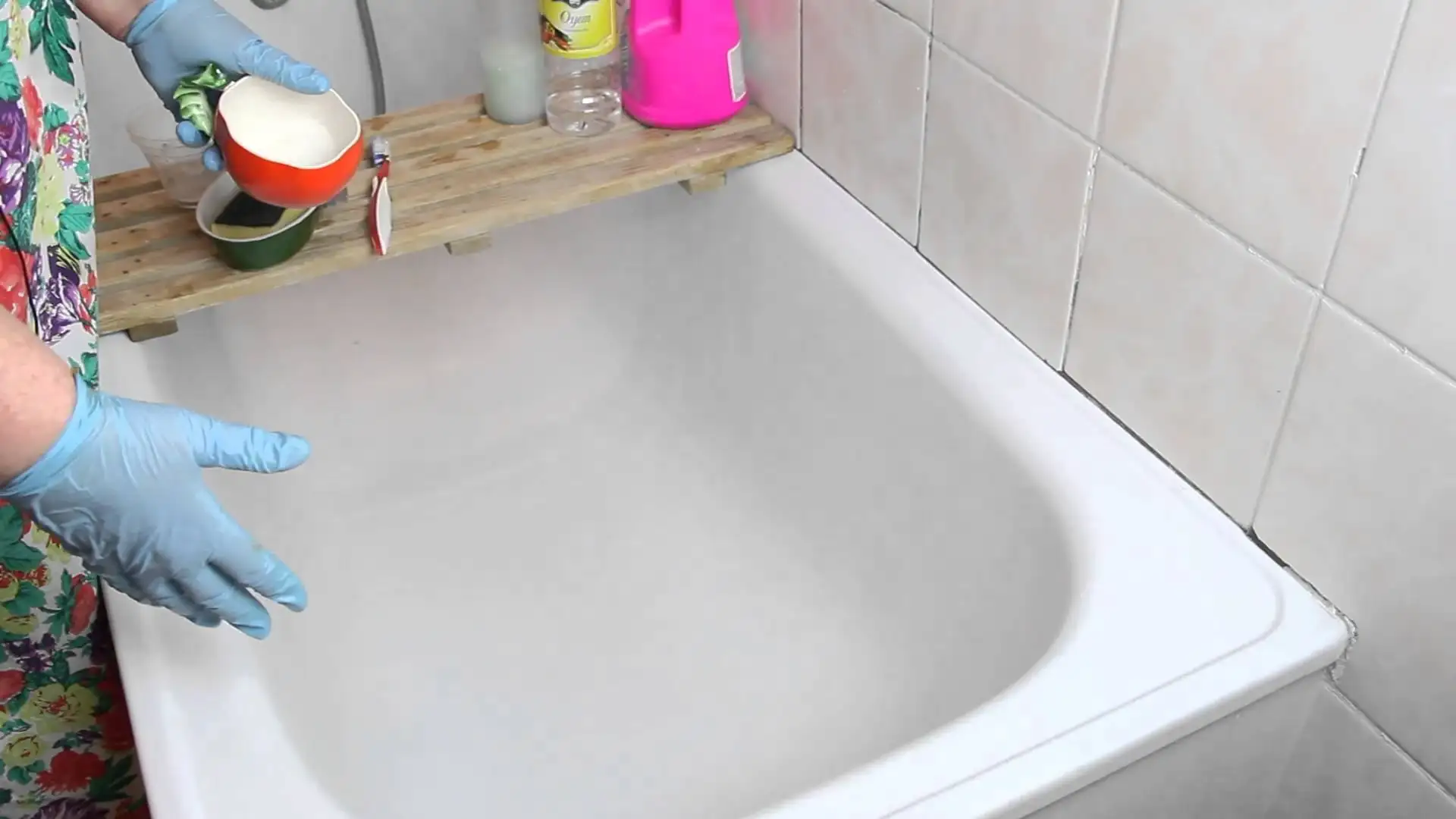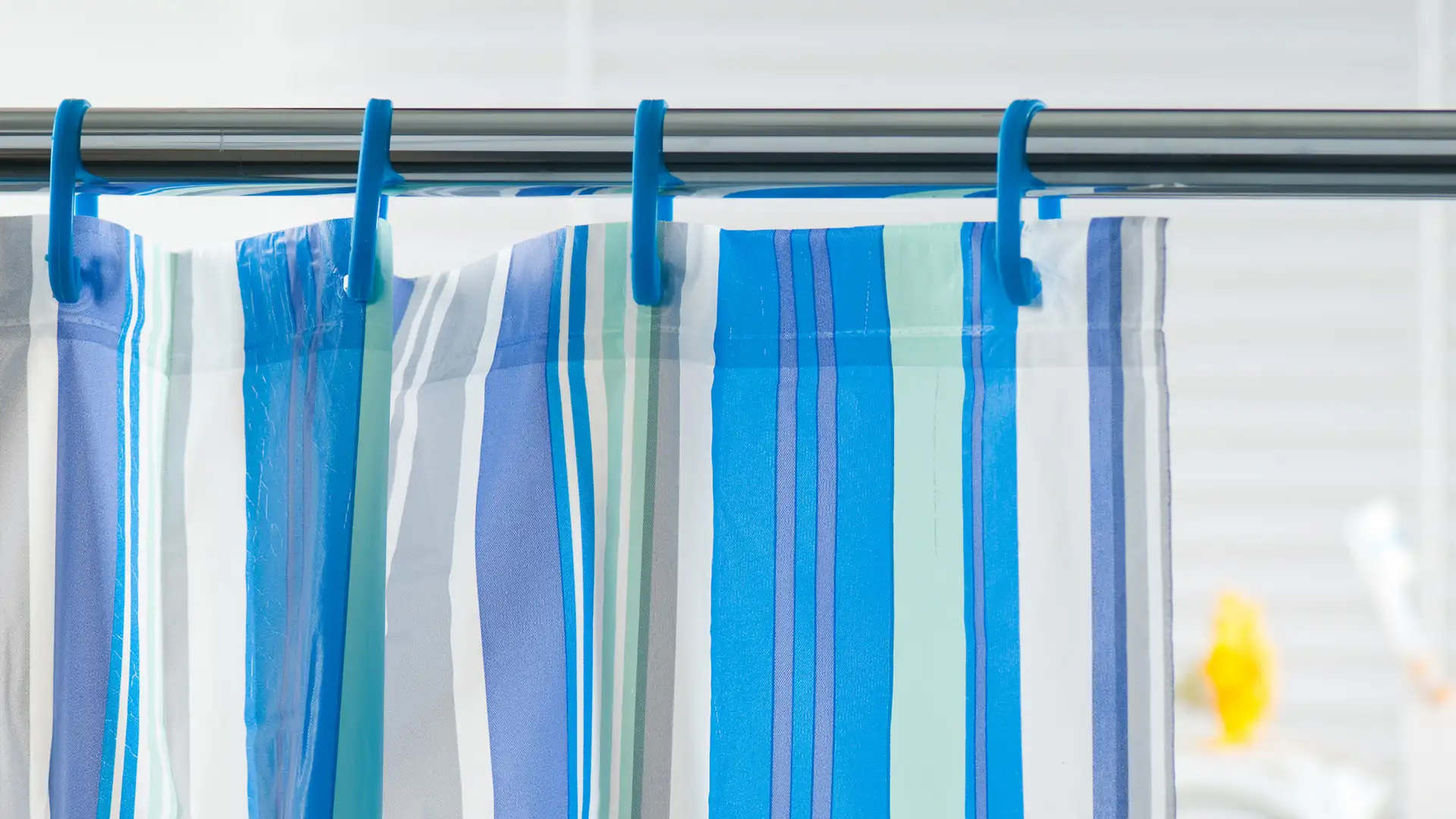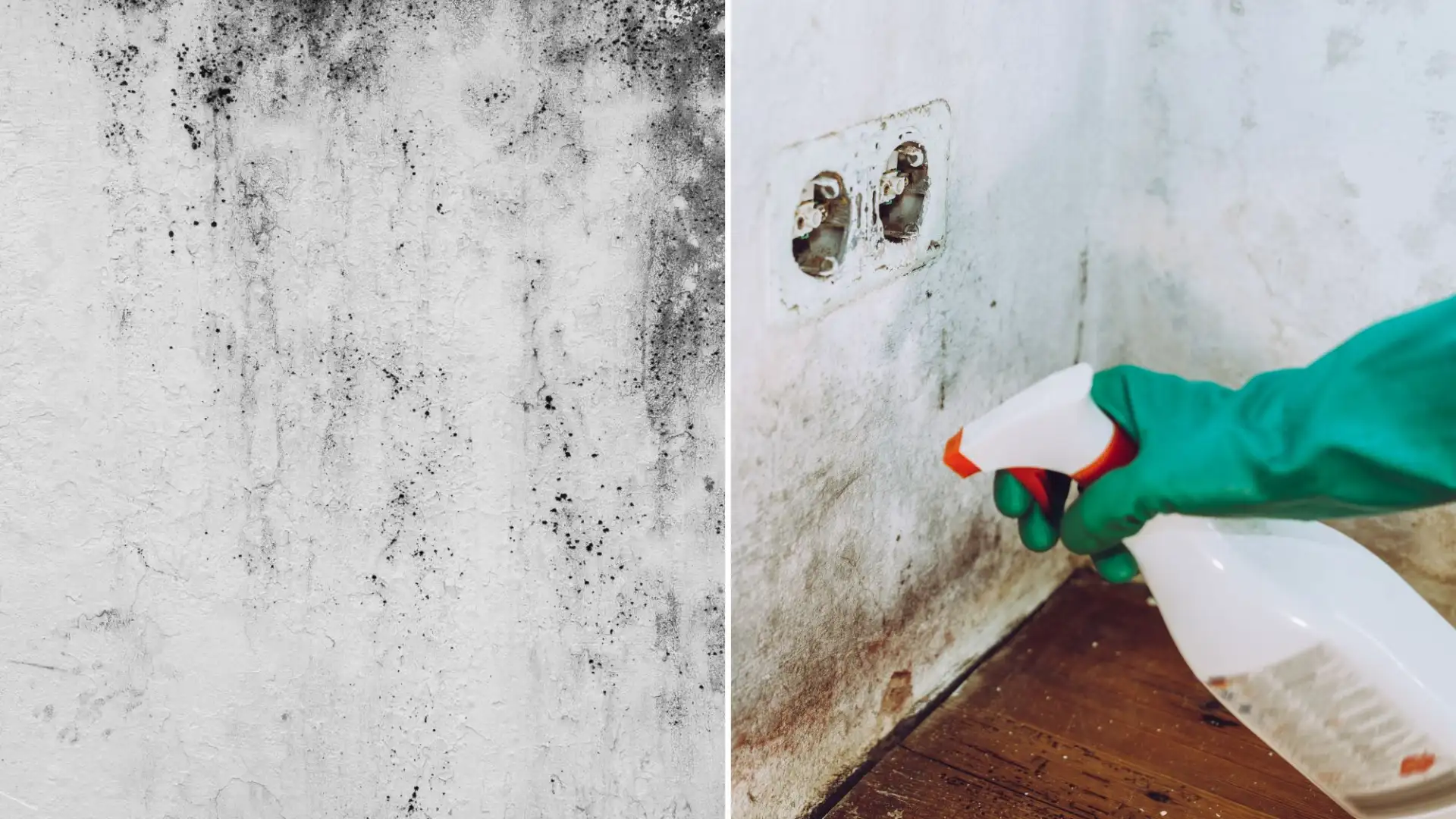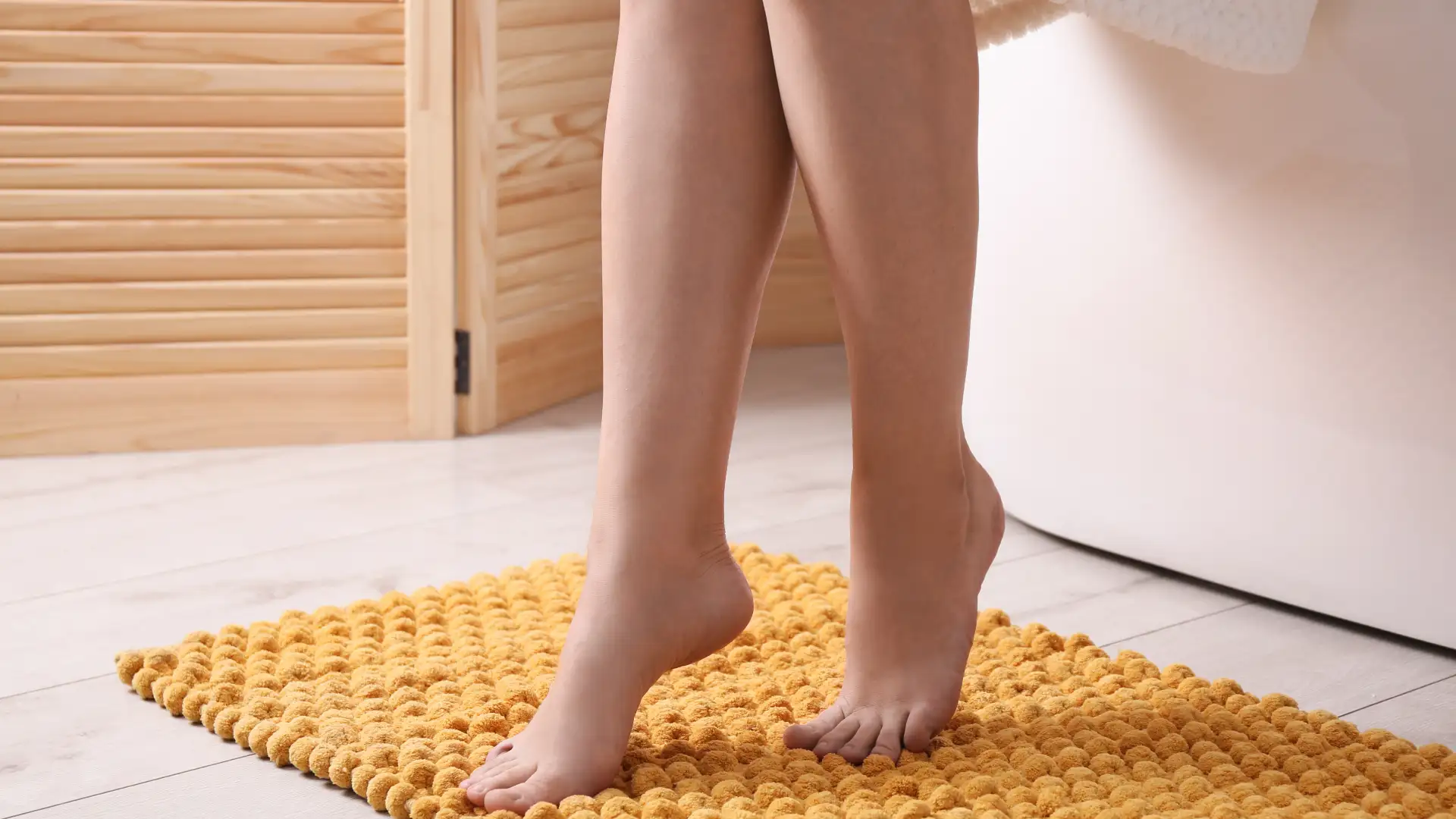Are you tired of rummaging through messy drawers to find that perfect outfit? Folding your clothes correctly can make a world of difference in keeping your wardrobe neat and tidy. Not only will it save you time in the morning, but it will also help your clothes last longer. Let's dive into some professional clothing folding techniques that will transform your drawers into a stylish and organized space.
How to fold T-shirts
Are you tired of opening your drawers to find a messy pile of wrinkled t-shirts? Folding your t-shirts properly can save you time, space, and frustration. With a few simple steps, you can achieve a neat and organized wardrobe. In this comprehensive guide, we will explore different t-shirt folding techniques, from the classic method to more advanced folding styles.
Understanding the Basics of T-shirt Folding
Before we delve into specific folding techniques, let's cover some fundamental principles. The key to successful t-shirt folding lies in creating a smooth, flat surface and ensuring that all edges are aligned. A hard, flat surface, such as a table or a folding board, is ideal. Additionally, it's essential to start with a clean and wrinkle-free t-shirt.
The Classic T-shirt Fold
The classic t-shirt fold is a simple yet effective method that works for most t-shirt styles. Begin by laying the t-shirt flat on a surface. Fold the sleeves inward, aligning the cuffs. Then, fold the t-shirt in half lengthwise, followed by another fold in half widthwise. This creates a compact and neat rectangle.
The KonMari Folding Method
Popularized by Marie Kondo, the KonMari folding method emphasizes folding clothes vertically to maximize drawer space and make it easier to see each item. To fold a t-shirt using the KonMari method, lay the t-shirt flat and fold the sleeves inward. Fold the t-shirt in half lengthwise, then fold the bottom third upwards. Finally, fold the t-shirt vertically into a standing position.
Advanced T-shirt Folding Techniques
For those seeking a more organized and visually appealing wardrobe, there are several advanced t-shirt folding techniques to explore. One popular method is the "file folding" technique, which involves folding t-shirts into thirds or quarters and then stacking them vertically. This allows you to easily see and access each t-shirt. Another option is to roll your t-shirts, which can save even more space and prevent wrinkles.
Choosing the Right Folding Method for You
The best t-shirt folding method for you will depend on your personal preferences, the amount of space you have, and the type of t-shirts you own. Consider factors such as the size of your drawers, the frequency with which you wear your t-shirts, and the level of organization you desire.
Benefits of Folding T-shirts
Folding your t-shirts offers numerous benefits, including:
- Saving space: Properly folded t-shirts take up less space in your drawers or closet.
- Preventing wrinkles: Folding your t-shirts can help to reduce wrinkles and keep your clothes looking their best.
- Increasing organization: A neatly folded wardrobe can make it easier to find the items you need and can create a sense of calm and order.
- Extending the life of your clothes: By handling your clothes with care and folding them properly, you can help to extend their lifespan.
Folding your t-shirts may seem like a small task, but it can have a big impact on your daily life. By following these simple tips and experimenting with different folding techniques, you can create a tidy and organized wardrobe that will make you happy every time you open your drawers.
How to fold button-up shirts
Folding a button-down shirt neatly might seem like a simple task, but doing it correctly can significantly extend the life of your shirt and keep your closet organized. Whether you're a seasoned traveler looking to pack efficiently or a minimalist aiming to maximize your wardrobe, mastering the art of shirt folding is a valuable skill.
Why Bother Folding Your Shirts?
Before we dive into the folding process, let's discuss why it's beneficial to fold your shirts rather than simply hanging them. Folding helps to prevent wrinkles, especially for fabrics like cotton and linen. Additionally, it saves space in your closet, allowing you to fit more items without compromising on organization. Moreover, folded shirts are less likely to get snagged or damaged by other clothing items.
Choosing the Right Surface
The first step in folding a button-down shirt is selecting a clean, flat surface. A sturdy table or bed is ideal. Ensure the surface is free of any debris that could cause wrinkles or creases in your shirt. A soft, padded surface can also help to prevent sharp creases.
Laying Out the Shirt
Lay the shirt flat on the chosen surface. Smooth out any wrinkles or creases. Ensure that the shirt is centered and that all buttons are fastened. This will help to maintain the shirt's shape and prevent it from becoming distorted during the folding process.
Folding the Sleeves
Begin by folding the sleeves inward. There are a few different ways to do this, but a common method is to fold each sleeve in half lengthwise, then fold it again so that the cuff aligns with the shoulder seam. This will create a neat, compact fold.
Folding the Shirt in Half
Once the sleeves are folded, fold the shirt in half lengthwise. Align the side seams to ensure a clean, symmetrical fold. This will create a rectangular shape that is easy to store.
Creating the Final Fold
To create the final fold, fold the bottom half of the shirt up towards the collar. The exact number of folds will depend on the length of the shirt and the desired size of the folded item. Aim for a neat, compact fold that will fit easily into your drawer or suitcase.
Additional Tips for Folding Shirts
- Ironing: For a crisp, wrinkle-free finish, iron your shirt before folding it.
- Fabric Type: The folding technique may vary slightly depending on the fabric of the shirt. For example, delicate fabrics like silk may require extra care.
- Storage: Store your folded shirts in a cool, dry place to prevent them from yellowing or developing mildew.
How to fold socks
Sock folding might seem like a mundane task, but it can significantly impact your drawer organization and daily routine. A well-folded sock not only saves space but also prevents them from getting lost or damaged. Let's explore some of the most effective sock folding techniques to help you keep your sock drawer tidy and efficient.
The Basic Roll
The basic roll is a classic and simple method that works well for most sock types. To perform a basic roll, lay the sock flat and bring the toe to the heel. Roll the sock tightly from the toe to the heel, creating a neat cylinder. This method is particularly useful for ankle socks and no-show socks.
The Match and Fold
If you prefer a more compact and visually appealing fold, the match and fold technique is an excellent option. Start by matching a pair of socks and laying them flat. Fold the socks in half lengthwise, then fold them in half again widthwise. This method creates a small, square package that is easy to store.
The Envelope Fold
The envelope fold is a unique method that keeps the socks together and prevents them from unraveling. Lay the socks flat and bring the toe to the heel. Fold one side of the sock over the other to form a rectangle. Then, fold the top and bottom edges inward to create an envelope-like shape.
The Marie Kondo Method
Inspired by the tidying expert Marie Kondo, this method emphasizes folding socks into small rectangles. Start by matching a pair of socks and laying them flat. Fold the socks in half lengthwise, then fold them in thirds widthwise. Finally, fold the top edge down to create a neat rectangle.
Choosing the Right Method for You
The best sock folding method depends on your personal preferences, the size and type of your socks, and the amount of space you have available in your drawer. Experiment with different techniques to find the one that works best for you.
Additional Tips for Sock Organization
- Sort by color and type: Grouping socks by color and type can make it easier to find the pair you need.
- Use drawer dividers: Drawer dividers can help keep your folded socks separated and prevent them from becoming a jumbled mess.
- Consider a sock sorter: A sock sorter is a specialized storage container with individual compartments for each pair of socks.
- Fold regularly: Make sock folding a part of your laundry routine to keep your drawer tidy at all times.
By following these simple sock folding techniques and incorporating additional organization tips, you can create a neat and efficient sock drawer. Not only will this save you time in the morning, but it will also help you appreciate your socks more. Remember, a well-organized sock drawer is the foundation of a tidy home.
How to fold jumpers
Are you tired of opening your drawers to find your neatly folded sweaters in a crumpled mess? Folding sweaters can be a bit tricky, especially when dealing with bulky knits or delicate cashmere. But fear not! With a few simple techniques, you can learn how to fold your sweaters perfectly, every time. In this guide, we'll walk you through the best ways to fold different types of sweaters, ensuring they stay wrinkle-free and take up minimal space in your closet.
Basic Sweater Folding
Start by laying your sweater flat on a clean surface. Fold the sleeves inward, then fold the sweater in half lengthwise. Finally, fold it in half again widthwise. This basic folding technique is great for everyday sweaters and can be adapted for different sweater styles.
Folding Bulky Knit Sweaters
Bulky knit sweaters can be a challenge to fold, but with the right technique, you can keep them neat and tidy. To fold a chunky knit sweater, start by laying it flat and folding the sleeves inward. Then, fold the bottom half of the sweater up towards the neckline, creating a rough rectangle. Fold this rectangle in half again, and then in half one more time.
Folding Cashmere Sweaters
Cashmere sweaters are delicate and require special care. To fold a cashmere sweater without damaging the fibers, lay it flat on a clean surface and fold the sleeves inward. Then, fold the sweater in half lengthwise and roll it up tightly. This rolling technique helps to prevent wrinkles and keeps the sweater in shape.
Folding Sweaters for Travel
When packing sweaters for travel, the goal is to save space and prevent wrinkles. To fold a sweater for travel, lay it flat and fold the sleeves inward. Then, fold the sweater in half lengthwise and roll it up tightly. This rolling technique is also great for storing sweaters in a drawer or on a shelf.
The KonMari Method for Folding Sweaters
The KonMari method, popularized by Marie Kondo, emphasizes folding clothes in a way that promotes organization and reduces clutter. To fold a sweater using the KonMari method, lay it flat and fold the sleeves inward. Then, fold the sweater in half lengthwise and fold the bottom third up. Finally, fold the top third down to create a neat, rectangular shape.
By following these simple tips, you can easily learn how to fold your sweaters perfectly, every time. Whether you're dealing with bulky knits, delicate cashmere, or just want to save space in your closet, these folding techniques will help you keep your sweaters looking their best. Remember, practice makes perfect, so don't be afraid to experiment with different folding methods until you find what works best for you.
How to fold jeans and trousers
Are you tired of rummaging through a messy drawer full of wrinkled jeans and trousers? Proper folding techniques can not only save space but also help your clothes last longer. In this comprehensive guide, we'll walk you through step-by-step instructions on how to fold your denim and dress pants like a pro. From the classic fold to more space-saving methods, we've got you covered. Let's dive in and discover the best ways to keep your wardrobe organized and your clothes looking their best.
Are you tired of rummaging through a messy drawer full of wrinkled jeans and trousers? Folding your pants correctly can save you time, space, and frustration. In this guide, we'll walk you through several effective methods for folding jeans and trousers, ensuring they stay neat and wrinkle-free. Whether you're looking to maximize space in a small closet or simply want to keep your wardrobe organized, these tips will help you achieve a perfectly folded pair of pants every time.
The KonMari Method for Folding Pants
The KonMari method, popularized by tidying expert Marie Kondo, emphasizes folding clothes in a way that allows them to stand upright in a drawer. This method is ideal for those who want to maximize vertical space and keep their drawers organized. To fold your pants using the KonMari method, follow these steps:
- Lay the pants flat: Place the pants on a clean, flat surface with the waistband facing up.
- Fold in half: Fold the pants in half lengthwise, aligning the seams.
- Fold the legs: Fold the legs in thirds, starting from the bottom.
- Fold the waistband: Fold the waistband down to create a neat, flat top.
- Stand upright: Place the folded pants in a drawer, standing them upright.
Folding Jeans for Travel
When packing for a trip, every inch of space counts. Folding your jeans correctly can help you save valuable room in your suitcase. Here's a space-saving method:
- Lay the jeans flat: Place the jeans on a flat surface with the waistband facing up.
- Fold in half: Fold the jeans in half lengthwise, aligning the seams.
- Roll the jeans: Starting from the bottom, roll the jeans tightly until you reach the waistband.
- Secure with a band: Secure the rolled jeans with a rubber band or hair tie.
Folding Dress Pants and Slacks
Dress pants and slacks often require a more delicate folding technique to prevent creases. Here's a method that will keep your dress pants looking sharp:
- Lay the pants flat: Place the pants on a flat surface with the waistband facing up.
- Fold in half: Fold the pants in half lengthwise, aligning the seams.
- Fold the legs: Fold each leg in half, creasing along the crease line of the pant leg.
- Fold the waistband: Fold the waistband down to create a neat, flat top.
How to fold vests and camisoles
Are you tired of rummaging through a messy drawer to find your favorite vest or camisole? Folding these delicate garments correctly can save you time and space while keeping them wrinkle-free. In this comprehensive guide, we will walk you through easy-to-follow steps on how to fold vests and camisoles. We'll also explore some space-saving tips and tricks to maximize your drawer or closet organization. By the end of this article, you'll be able to neatly fold your undergarments and enjoy a clutter-free wardrobe.
Folding Vests
Folding vests can be a bit tricky, but with the right technique, you can achieve a neat and compact fold. Start by laying the vest flat on a clean surface. Button or zip it up all the way to keep it in shape. Fold one side of the vest towards the center, followed by the other side. Then, fold the bottom half of the vest upwards. Finally, fold the vest in half again to create a neat rectangle. This method is especially useful for bulky knit vests or those with intricate details.
Folding Camisoles
Camisoles are often made from delicate fabrics, so it's important to handle them with care. To fold a camisole, start by laying it flat on a surface. Smooth out any wrinkles. Fold one shoulder strap towards the center, followed by the other. Fold the bottom half of the camisole upwards, and then fold it in half again. For spaghetti strap camisoles, you may need to create a smaller fold to prevent the straps from getting tangled.
Space-Saving Tips
Once you've mastered the art of folding vests and camisoles, you can implement some space-saving techniques to maximize your drawer or closet space. Consider using drawer dividers to create separate compartments for your folded garments. This will prevent your clothes from getting wrinkled and make it easier to find what you're looking for. You can also roll up your camisoles to save even more space. Simply roll each camisole tightly and secure it with a small rubber band.
Additional Tips
- Choose the right storage containers: Opt for breathable fabric storage bins or drawers to prevent your garments from getting musty.
- Sort your garments: Group similar items together, such as sleeveless vests, tank tops, and camisoles.
- Regularly rotate your clothes: To keep your garments fresh, rotate your wardrobe seasonally.
By following these simple steps, you can effortlessly fold your vests and camisoles and maintain a tidy and organized wardrobe. With a little practice, you'll be able to fold your clothes quickly and efficiently. Remember, a well-organized wardrobe can save you time and stress in the morning.
How to fold skirts
Folding skirts properly can be a game-changer when it comes to organizing your closet. Whether you're packing for a trip or simply trying to maximize your storage space, knowing the right folding techniques can help you keep your skirts looking their best. In this comprehensive guide, we'll explore various methods for folding different types of skirts, from delicate fabrics to sturdy denim.
Folding a Maxi Skirt
Maxi skirts can be quite bulky, but with the right technique, they can be folded to fit neatly in a drawer or suitcase. To fold a maxi skirt, start by laying it flat on a clean surface. Fold it in half lengthwise, then fold it in half again. Next, fold the skirt into thirds, starting from the bottom. Finally, fold the skirt in half one last time. This will create a compact package that is easy to store.
Folding a Pleated Skirt
Pleated skirts can be a bit more challenging to fold, but with a little practice, you'll get the hang of it. Begin by laying the skirt flat on a clean surface. Ensure that all the pleats are facing the same direction. Fold the skirt in half lengthwise, then fold it in half again. Next, fold the skirt into thirds, starting from the bottom. To prevent the pleats from getting creased, gently press down on each fold as you make it.
Folding a Circle Skirt
Circle skirts are known for their full, flowing shape. To fold a circle skirt, start by laying it flat on a clean surface. Fold it in half lengthwise, then fold it in half again. Next, fold the skirt into quarters. This will create a compact package that is easy to store.
Folding a Denim Skirt
Denim skirts are typically more durable than other types of skirts, so they can withstand a bit more folding. To fold a denim skirt, start by laying it flat on a clean surface. Fold it in half lengthwise, then fold it in half again. Next, fold the skirt into thirds, starting from the bottom.
Tips for Folding Skirts
- Use a clean, flat surface. This will help prevent wrinkles and creases.
- Fold skirts immediately after washing and drying. This will make them easier to fold and prevent wrinkles from setting in.
- Store skirts in a cool, dry place. Avoid storing skirts in damp or humid conditions, as this can lead to mildew and mold.
- Use drawer dividers or shelf organizers. These can help keep your skirts neat and tidy.
By following these tips and techniques, you can ensure that your skirts stay looking their best for years to come. Whether you're a fashionista with a closet full of skirts or simply looking for a way to save space, these folding methods will help you keep your wardrobe organized and stylish.
What is the correct way to fold clothes?
Folding clothes might seem like a mundane task, but it’s a fundamental skill that can significantly impact your daily life. A well-folded garment not only saves space in your closet but also prolongs its lifespan. The correct folding technique ensures that clothes remain wrinkle-free, and your drawers stay organized. Let's delve into the intricacies of folding various types of clothing.
Folding T-shirts: A Step-by-Step Guide
To fold a t-shirt efficiently, begin by laying it flat on a surface. Fold one side of the t-shirt towards the center, then repeat with the other side. Fold the bottom half upwards, and then fold the collar down to create a neat rectangle. This method is commonly known as the "KonMari" folding technique, popularized by Marie Kondo. For a more compact fold, you can fold the rectangle in half once more.
Folding Pants: Achieving a Crisp Finish
Folding pants requires a slightly different approach. Start by laying the pants flat with the waistband at the top. Fold one leg over the other, aligning the seams. Then, fold the pants in half lengthwise. For a more compact fold, you can roll the pants from the bottom upwards. This method is particularly useful for jeans and trousers.
Folding Sweaters: Maintaining Shape
Sweaters are delicate items that require special care when folding. To prevent stretching, lay the sweater flat and fold it in half lengthwise. Then, fold it in half again, and roll it up from the bottom. This method helps to maintain the sweater's shape and prevents wrinkles.
Folding Shirts: A Classic Technique
Folding a dress shirt is a skill that every individual should master. Begin by buttoning up the shirt and laying it flat. Fold one side of the shirt towards the center, then repeat with the other side. Fold the sleeves back so that the cuffs align with the shoulders. Finally, fold the bottom half of the shirt upwards.
Benefits of Proper Clothing Folding
Beyond saving space, proper clothing folding offers numerous benefits. It can help you find items more quickly, reduce the need for ironing, and extend the life of your clothes. Additionally, a well-organized closet can contribute to a sense of calm and order in your home.
How does Marie Kondo fold clothes?
Before diving into the specifics of Marie Kondo's folding technique, it's essential to grasp the broader context of the KonMari method. Popularized by Marie Kondo, this method is a unique approach to tidying up and organizing one's living space. At its core, the KonMari method emphasizes the importance of keeping only those items that spark joy. Once you've decluttered, the next step is to fold your clothes in a way that maximizes space and maintains order.
The Art of Folding: Marie Kondo's Approach
Marie Kondo's folding technique is more than just a way to neatly store clothes; it's a mindful practice that encourages a deeper connection with your belongings. Her method involves folding clothes into upright rectangles, allowing them to stand on their own in drawers. This vertical storage not only saves space but also makes it easier to see and access your clothes.
Key Principles of Marie Kondo's Folding Technique:
- Fold, don't hang: Kondo suggests folding most items, including t-shirts, pants, and sweaters, rather than hanging them. This prevents wrinkles and saves space.
- Create upright rectangles: The goal is to fold each item into a neat, compact rectangle. This allows you to store clothes standing up in drawers, making it easy to see what you have.
- Consider the fabric: Different fabrics require slightly different folding techniques. For example, delicate fabrics may need to be folded more carefully to avoid damage.
- Spark joy: The most important principle of all is to only keep items that spark joy. If an item doesn't bring you happiness, it's time to let it go.
Step-by-Step Guide to Folding a T-shirt:
- Lay the t-shirt flat: Place the t-shirt on a flat surface with the inside facing up.
- Fold in half: Fold the t-shirt in half lengthwise.
- Fold the sleeves: Fold each sleeve inward, aligning the cuff with the side seam.
- Fold the bottom: Fold the bottom of the t-shirt up towards the collar.
- Stand it up: The final folded t-shirt should be a neat rectangle that can stand upright in a drawer.
Benefits of Marie Kondo's Folding Technique:
- Saves space: By folding clothes into compact rectangles, you can maximize the storage capacity of your drawers and closets.
- Reduces wrinkles: Folding clothes rather than hanging them can help to prevent wrinkles.
- Makes it easier to see what you have: When your clothes are neatly folded and stored vertically, you can easily see everything in your drawers.
- Promotes mindfulness: The act of folding your clothes mindfully can help you to appreciate your belongings and declutter your wardrobe.
Marie Kondo's folding technique is a simple yet effective way to organize your clothes and create a more peaceful and clutter-free living space. By following these steps and embracing the KonMari philosophy, you can transform your wardrobe into a source of joy and inspiration.
How do you organize and fold clothes?
When creating content around the phrase "How to organize and fold clothes," we're tapping into a universal human experience. Everyone owns clothes, and most of us want to keep our closets neat and tidy. This topic offers a great opportunity to provide value to a wide audience, from those just starting out in their first apartment to seasoned home organizers.
Understanding the Audience and Search Intent
Before diving into keyword research and content creation, it's essential to understand who our target audience is and what they're searching for. Our primary audience is likely to be:
- Homemakers looking for efficient ways to manage their households.
- Minimalists aiming to declutter and simplify their lives.
- College students living in small spaces and needing to maximize storage.
- People preparing to move who need help organizing their belongings.
Their search intent will likely be informational, as they're seeking specific tips and techniques for organizing and folding clothes.
What is the best way to fold clothes for travel?
Traveling light and organized is the dream of every seasoned traveler. One of the most crucial steps to achieving this is mastering the art of efficient packing. Among the various packing techniques, folding clothes correctly can significantly save space in your luggage. But with countless methods out there, which one is truly the best?
Understanding the Importance of Proper Folding
Proper folding is more than just neatly stacking your clothes. It's a strategic approach that maximizes space utilization and minimizes wrinkles. Wrinkled clothes not only make you look disheveled but can also be a hassle to iron when you reach your destination.
Factors to Consider Before Folding
- Fabric type: Delicate fabrics like silk require special handling to prevent damage.
- Luggage type: A rigid suitcase offers more structure compared to a soft-sided duffel bag.
- Trip duration: For longer trips, consider using vacuum-sealed bags for maximum compression.
The KonMari Method: Folding for a Minimalist Traveler
Inspired by Marie Kondo, this method emphasizes folding clothes vertically in drawers. While primarily designed for home storage, it can be adapted for travel. By folding items vertically, you can easily see everything in your drawer and choose outfits quickly.
- Benefits:
- Reduces wrinkles.
- Maximizes drawer space.
- Encourages a minimalist wardrobe.
- Drawbacks:
- Might not be the most space-efficient method for suitcases.
- Requires precise folding skills.
The Rolling Technique: A Space-Saving Classic
Rolling clothes is a popular method for travelers due to its space-saving benefits.
- Benefits:
- Reduces wrinkles.
- Maximizes space.
- Drawbacks:
- Can be time-consuming for larger items.
- Not ideal for delicate fabrics.
The Bundle Method: Perfect for Shirts and Pants
This method involves folding items into a compact bundle.
- Benefits:
- Ideal for shirts and pants.
- Prevents creases.
- Drawbacks:
- Can be challenging for beginners.
- Less versatile than other methods.
Tips for Efficient Folding
- Choose the right size suitcase: A suitcase that's too big will encourage overpacking.
- Use packing cubes: These can help organize your belongings and compress your clothes.
- Roll delicate items: Rolling can help prevent creases in delicate fabrics.
- Pack heavy items at the bottom: This will help distribute the weight evenly.
The best way to fold clothes for travel ultimately depends on your personal preferences and the specific items you're packing. Experiment with different methods to find what works best for you. By following these tips and tricks, you can ensure that your clothes arrive at your destination wrinkle-free and ready to wear.
How should you fold bedding?
Are you tired of wrestling with your sheets every time you make your bed? Folding bedding can be a daunting task, but with the right techniques, you can create a neat and organized linen closet. In this comprehensive guide, we will walk you through the step-by-step process of folding fitted sheets, flat sheets, pillowcases, and duvet covers. By following these simple tips, you'll not only save time but also extend the life of your bedding.
Folding Fitted Sheets
Folding fitted sheets can be a bit tricky, but with a little practice, you'll become a pro. Start by turning the sheet inside out. Then, place your hands inside the corners and pull them together to form a long rectangle. Fold the sheet in half lengthwise and then in half again. For a more compact fold, you can roll the sheet up from one end to the other.
Folding Flat Sheets
Flat sheets are relatively easy to fold. First, lay the sheet out flat on a clean surface. Fold it in half lengthwise and then in half again. For a crisp finish, you can iron the sheet before folding. To save space, you can also fold the sheet into thirds.
Folding Pillowcases
Pillowcases are quick and easy to fold. Start by turning the pillowcase inside out. Fold it in half lengthwise, then fold it in half again. For a decorative touch, you can fold the pillowcase into a neat square.
Folding Duvet Covers
Folding a duvet cover can be a bit more challenging, but it's not impossible. Start by buttoning or zipping the duvet cover closed. Then, fold it in half lengthwise and then in half again. For a more compact fold, you can roll the duvet cover up from one end to the other.
Organizing Your Linen Closet
Once you've mastered the art of folding bedding, it's important to organize your linen closet. Consider using shelf dividers or stackable storage bins to keep your bedding neat and tidy. You can also group your bedding by color or type.
